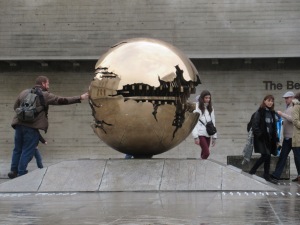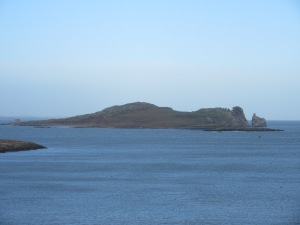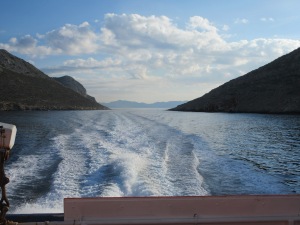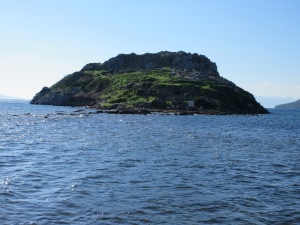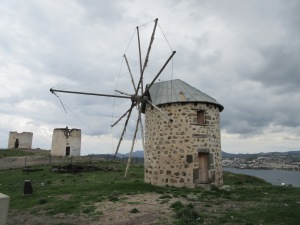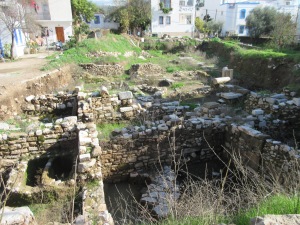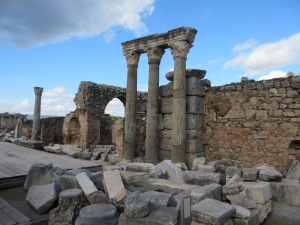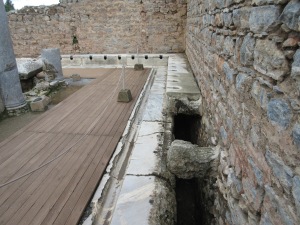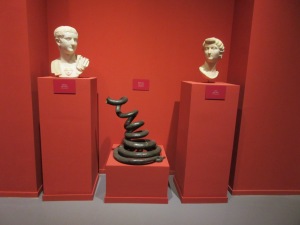Winter finally caught up with us as we have begun making our way back west. We spent the last two weeks in Dublin and loved it, despite the cold and wet. Ireland has a rich culture and a strong history. It is the first place we have been in a long time that wasn’t conquered by the Romans. (They knew about Ireland but didn’t stick around, named it Hibernia, the Land of Winter and left.) With short cool days and a limited budget, we decided to not attempt a whirlwind tour of the whole island but concentrated on Dublin with a few day trips out. The Irish are incredibly friendly and we appreciated their hospitality and openness.
Dublin is home to about a quarter of Ireland’s population and the largest city by far with 1.1 million residents in the urban area. It is made for pedestrians with most tourist attractions close together. We rented an apartment in Temple Bar (the place to see and be seen) with a balcony and were endlessly amused by the people watching. For example, on our first night, we stumbled upon a New Year’s Eve parade with a performing marching band that happened to be from the US! Ireland is seeing more tourists every year and we found it very easy to navigate. Free wifi is provided at almost all restaurants, on every bus and train, in many parks, and most public buildings. Tourist information offices are everywhere with good maps, brochures, and recommendations. We did some of the classic things like take a walking tour of central Dublin, watch a football match in a pub while the rain came down sideways outside, drink many cups of tea, and listen to two old guys picking and singing in a pub as the snow and rain showered.
Dublin has many fantastic free national museums. We looked at viking artifacts, early stone tools, and bog mummies in the Archaeology Museum. We learned that Dublin city was founded by Vikings who ended up staying and merging with the local population. They brought with them merchant skills and laid out the town in an organized grid. At the National Gallery, we joined the throngs visiting their favorite paintings as if they were old friends. We marveled at the local, exotic, and carnivorous plants on display at the Botanic Garden. In the phenomenal Chester Beatty Library, we saw books made of unusual materials like jade, papyrus, and lacquered monk’s robes.

A Glasnevin watchtower. A plaque at the base states: “In the in 1840’s, nightwatchmen on this tower successfully guarded the Cemetery against ‘Resurrectionists’ who supplied the medical profession with corpses for anatomy students.”
Glasnevin Cemetery keeps the remains of many of Ireland’s revolutionaries among the 1.5 million interred there. Like Père Lachaise in Paris, Glasnevin was not popular when it opened. It was too far away so only the poor were buried there. As Dublin grew and famous people chose to be interred in Glasnevin, it gained fame and now there are more people interred at Glasnevin than live in Dublin. The cemetery has high stone walls and guard towers on the corners. It turns out that these are not just for looks. Body snatchers were so prolific that the cemetery was staffed 24/7 by guards and at night they ran a pack of bloodhounds within the walls!
We took a day tour up to Hill of Tara and Newgrange. These are sights that predate Egypt’s pyramids by one thousand years. Detailed knowledge of the purpose has been lost with the passage of time, but the earthworks remain. The Hill of Tara has two concentric circles around a rock that is said to cry out when a true king comes to power. There are also multiple mounds and man-made valleys. While we were there the wind and rain pummeled the hill, thoroughly soaking through my pants and sending rivers into my boots. Newgrange is a very large passage tomb. A narrow opening lets direct sunlight come in for only 17 minutes on the winter solstice. The rocks and large slabs used to create this monument were brought in from miles away. Archaeologists are not sure what the outside looked out, so they did reverse engineering on the rubble piles. In other words, they built something out of the rocks, let it tumble down and kept doing this trial and error construction until the pile looked similar to how it was originally found.
On a sunny day, we went to the peninsula just outside Dublin called Howth. Miles of walking trails criss-cross this peninsula and cling to the cliff’s edge around it. The strong wind did not diminish the beauty. Yellow gorse blossoms, rust-colored dead bracken, sandy slivers of beaches, lichen-covered cliffs, and green trees bent by the ceaseless wind.

Old church in Dalkey. Wealthy folks were buried in the church after it fell to ruins because the neighboring graveyard was full.
Another day we took the commuter train south along the coast to enjoy the view. We stopped in the small town of Dalkey. The castle there is the only museum we paid for in Ireland. Our admission fee included a guided tour by actors. As we were the only guests, it was interactive and very amusing. They were in medieval garb and stayed in character as they made fun of Jim for saying he “flew” to Ireland and made fun of Megan for daring to wear such odd garments. They showed us how to use a long-bow, what a typical feast would include, and what a visit to the “doctor” might entail. It was a riot!
You can see a few more Ireland pictures here or keep reading. As always, there are some stories or details only explained in the picture’s captions.

This stone tower once stood at a monastery that no longer exists. It was sacked by Vikings long ago.

An unusual statue of Justice at the Dublin castle. A local pointed out to us that Justice faces the castle with her back to the people, her sword is unsheathed and raised, and she is not blind-folded.

View from our balcony over Temple Bar. Sinead O’Connor worked as a waitress in the building on the right before her music career took off.

In the last few decades, Loyalists planted a bomb in the base of this tower destroying its staircase. The tower is a memorial for Daniel O’Connell. Glasnevin Cemetery.

Glasnevin Cemetery is well cared for today. The blue tags indicate they have been repaired and restored.

St. Patrick with his clover. This Brit not only brought Christianity to Ireland but also the Latin script and thus Ireland’s first written language.







